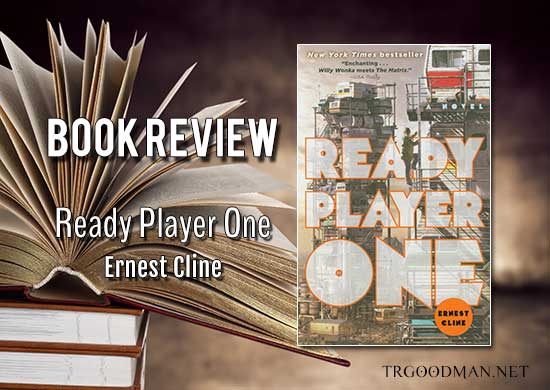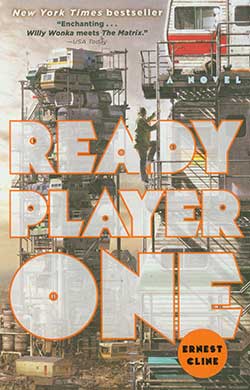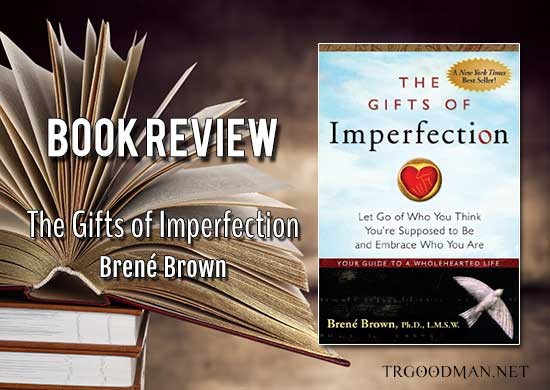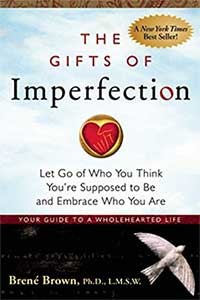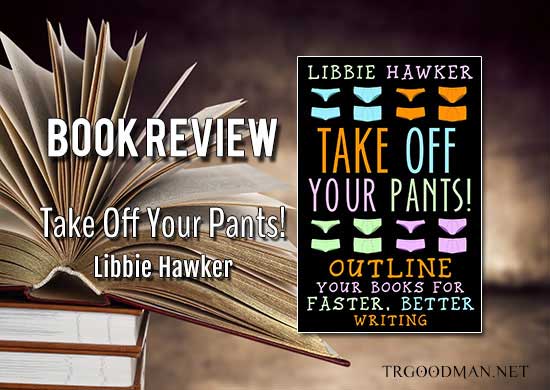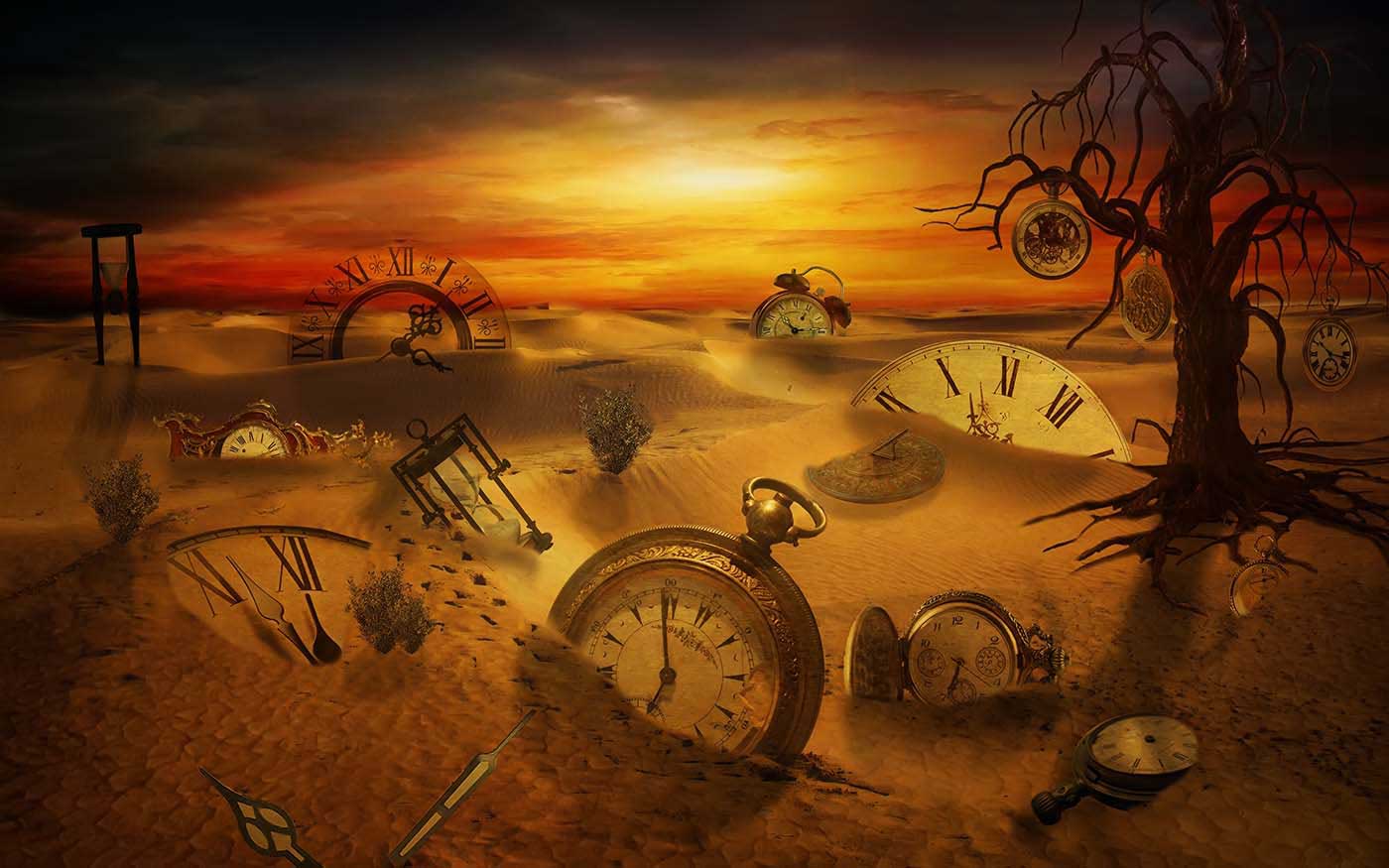Book Review: Ready Player One by Ernest Cline
On second thought, skip that. I’ve never been very good at thermonuclear war, and the only way to win tic-tac-toe is to not play.
Instead, let’s delve into the online world of the OASIS in Ernest Cline’s science-fiction-cyberpunk-gaming-80s-reference-fest Ready Player One.
Holy [Insert Reference], Batman!
The first thing you need to know about this book is that is it aimed solely, squarely, and with all intents and purposes directly at the heart of the geek community. Hardly a paragraph passes without some sort of reference, quote, or allusion to the geek culture of the 80s.
Ready Player One takes the reference-saturated jargon of the nerd world and injects it into every aspect of the writing, story, and world. One minute you’re seeing a Delorean with a Ghostbusters logo on the door, and the next, you’re quoting War Games word for word.
And it’s awesome. If you’re into that sort of thing, of course. Which I am.
Number 5 Need Inpu- No, Wait, Too Much!
So. Many. Infodumps.
As a writer, one of the first rules that gets stamped on every critique, solicited or not, is that the writer must avoid loosing a torrent of trivia and burying the reader under a mountain of minutia. The theory is that it slows the pacing and brings the story to a halt, especially when it happens every few pages.
Cline breaks this rule over his knee, waves around the pieces, and then sits on them while he tells you about the history of video games.
Child of the 80s and oldschool gamer that I am, I didn’t mind these pauses in the narrative in the least. I’ve been known to wax at length about the history of computers and video games, 80s pop culture, and the like, so I was right there with him as he described the history of Tennis For Two, Spacewar!, and the like.
Of course, I am hardly in the majority in this regard. If you are one of those who just wants to blaze through the story and not get caught up in the lore of his world and ours, you may be in for a bit of a slog.
Cyberpunk Meets Teen Angst Meets Gaming History Meets Frankenstein Meets…
The book manages to be a lot of things at the same time. At it’s core, it is a science fiction cyberpunk tale about growing up in a world in which the alternate reality of an online game is so far superior to the real world that most people come up for breath only when absolutely necessary.
It is also, as I mentioned earlier, a sort of primer on the culture of the 80s and the evolution of gaming during that time. This is done primarily through the use of the aforementioned lore-heavy infodumps, but they are always relevant to the plot and characters at hand.
Since the majority of the characters reside squarely in their late teens (though some of them are somewhat younger in the mental sense), there is no lack of the sort of drama or angst that permeates every aspect of the teen worldview. Life isn’t fair, everything sucks, everyone is out to get me (which, admittedly, is sort of true, in a way), girls are amazing and terrifying, and there’s a whole world outside that I never really realized was there.
The protagonist does a great deal of whining throughout the story, but he also manages to be proactive and interesting at the same time. It can be a difficult balance to pull off, and Ready Player One does it well.
Want some romance to go along with that coming of age drama? Here you go. And while we’re at it, let’s make it with sort of gamer grrl that is the great white stag of the teenage gamer guy. Fun and witty and acerbic as hell.
And what would be better than the inclusion of a criminal megacorporation out for world domination, no matter who they have to crush in the process?
A Mirror Into A Larger, More Connected World
Like all good science fiction, a good deal of reality is reflected through the lens of one possible future. In a world that exists mostly online, things like identity, real personal appearance, geographic location, and social status blue. At times, they become totally irrelevant.
At least until you get smacked in the face with the harsh reality that things like prejudice, class warfare, injustice, and deception simply become as amorphous as the artificial world in which they worm themselves.
Ready Player One presents a world with shades of real possibility, even though it has been veneered with a dozen coats of pop culture, video game references, and the worldview of a new adult who has never known anything different.
It’s a hell of a ride, and a lot of fun. Five stars. One of my favorite books ever. You should read it right now.
I’ll wait.
So, how was it? Did you like it, or is it not something you’re particularly interested in? Leave me a note in the comments below, and don’t forget to share my Ready Player One review with all your friends. Hell, share it with your enemies, too. They deserve a good read as much as anyone.

